To ensure the long-term stable operation of the spring cone crusher, regular maintenance and care are required. Maintenance and care of the spring cone crusher are crucial for ensuring its efficient and stable operation. Here are some key points regarding the maintenance and care of the spring cone crusher:
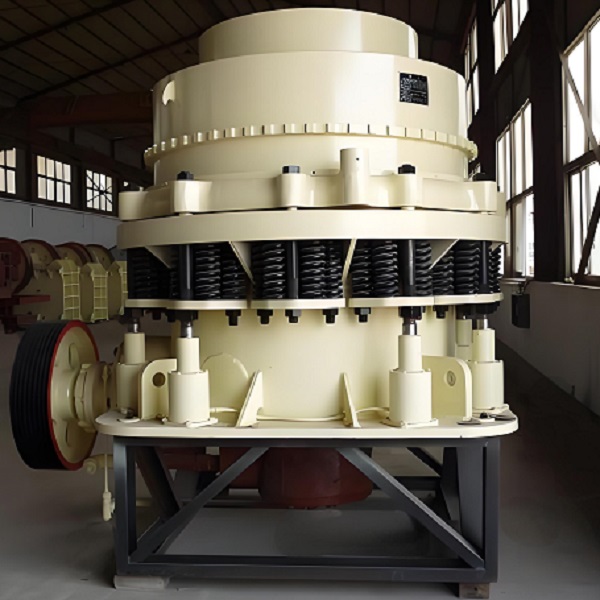
A. Daily maintenance of spring cone crusher
a. Maintenance of the lubrication system
1. Regularly check and replace lubricating oil:
2. Regularly check the lubrication system of the cone crusher, replace the lubricating oil in a timely manner, and avoid aggravating wear caused by dirty oil.
3. Pay attention to checking the oil level and temperature of the lubricating oil to ensure that the oil level is normal and the oil temperature is within a reasonable range. Generally, the return oil temperature should be between 39℃ and 54℃.
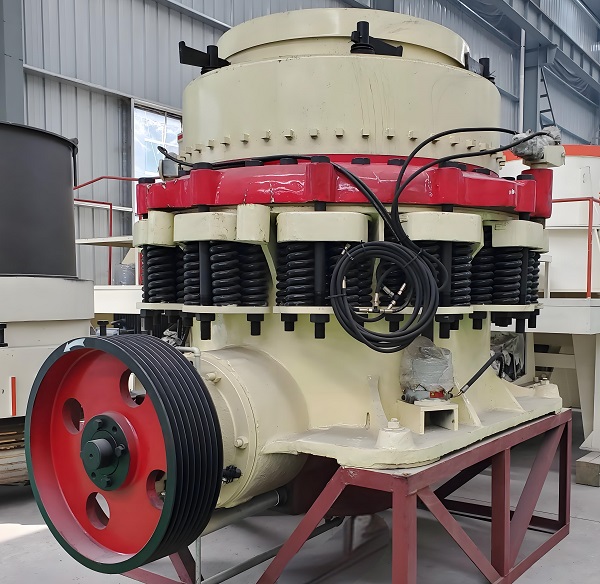
b. Maintenance of filter:
1. Before the filter is initially put into operation, it should undergo a liquid leakage test.
2. To ensure the highest working efficiency of the filter, the filter element must be replaced when the pressure difference between the inlet and outlet of the filter reaches 138kPa.
c. Select the appropriate lubricating oil:
Select different lubricating oils based on seasonal climate conditions. In the hot summer, choose a higher viscosity 46# machine oil; in the cold winter, opt for a lower viscosity 32# machine oil (the specific oil grade should be selected according to the manufacturer's requirements).
d. Inspection of fasteners and wear parts
1. Regular inspection of fasteners: Regularly inspect the fasteners of the cone crusher to ensure they are securely fastened, preventing equipment malfunctions caused by loose components.
2. Check worn parts: Regularly inspect the worn parts of the crusher, such as the lining plate and crushing cone, and promptly replace any components that are severely worn.
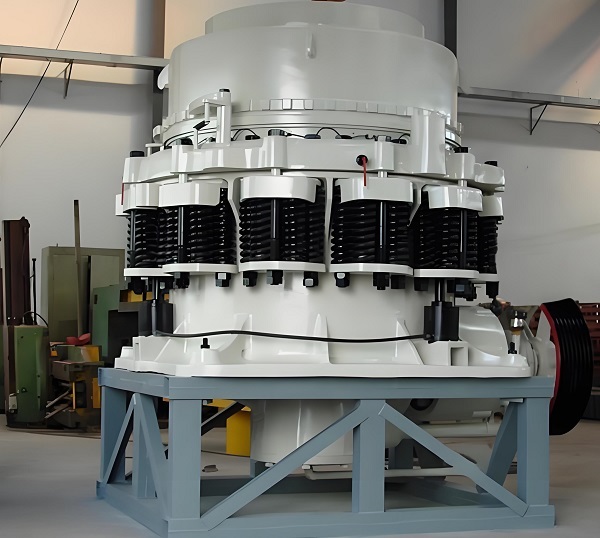
e. Dust prevention and cleaning
1. Maintenance of dust seal: Regularly clean the debris on the dust seal to prevent mineral particles from entering the machine body, causing contamination of lubricating oil and clogging of the filter element.
2. Equipment cleaning: Regularly clean the equipment to remove dust and oil stains, preventing dust from entering the interior of the equipment and affecting its normal operation.
f. Inspection of electrical system and safety devices
1. Electrical system inspection: Regularly inspect the wiring and components of the electrical system to ensure its normal operation.
2. Safety device inspection: The cone crusher is equipped with various safety devices. It is necessary to regularly inspect the performance of these devices to ensure reliable performance and ensure the safe operation of the equipment.
B. Operational standards and daily monitoring
a. Follow operating procedures: Equipment operators should adhere to operating procedures to prevent equipment malfunctions caused by non-compliant operations.
b. Daily monitoring:
1. Closely monitor the operational sounds of the cone crusher, including the sounds of stone crushing, mechanical operation, and gear meshing, to ensure they are smooth and free from abnormalities.
2. Regularly inspect the interior of the machine, paying attention to any abnormal noises, in order to quickly identify and address potential malfunctions.
3. Monitor whether the logistics are evenly entering and exiting, and whether the ore discharge outlet is unobstructed, to prevent blockage and subsequent machine malfunction.
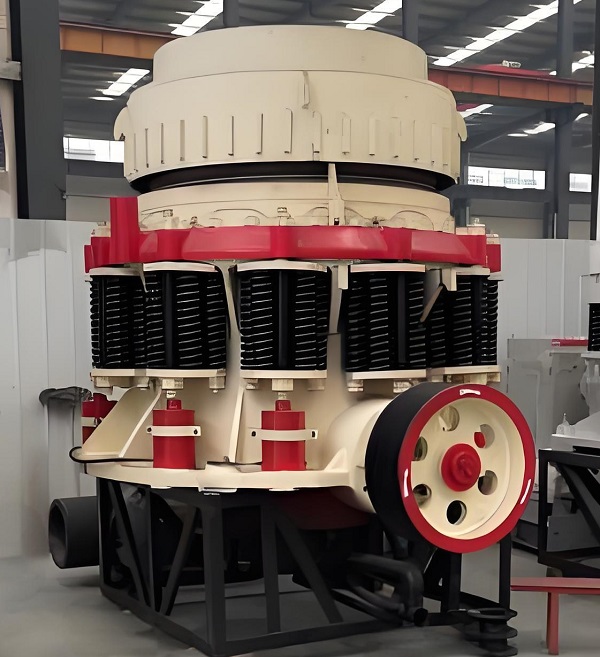
C. Seasonal maintenance and transfer maintenance
a. Seasonal maintenance: mainly involves replacing lubricating oil and fuel with those suitable for the current season, and implementing additional anti-freezing measures.
b. Transfer maintenance: Before transferring the cone crusher to a new site, it should undergo transfer maintenance. The maintenance content can be determined based on the technical condition of the cone crusher, and anti-corrosion treatment can be applied if necessary.
In summary, the maintenance of the spring cone crusher requires comprehensive consideration of multiple aspects, including the lubrication system, fasteners and wear parts, dust prevention and cleaning, electrical system and safety devices, as well as operational specifications and daily monitoring. Regular inspection and maintenance can ensure the normal operation of the equipment, reduce the occurrence of faults, and extend the service life of the equipment.
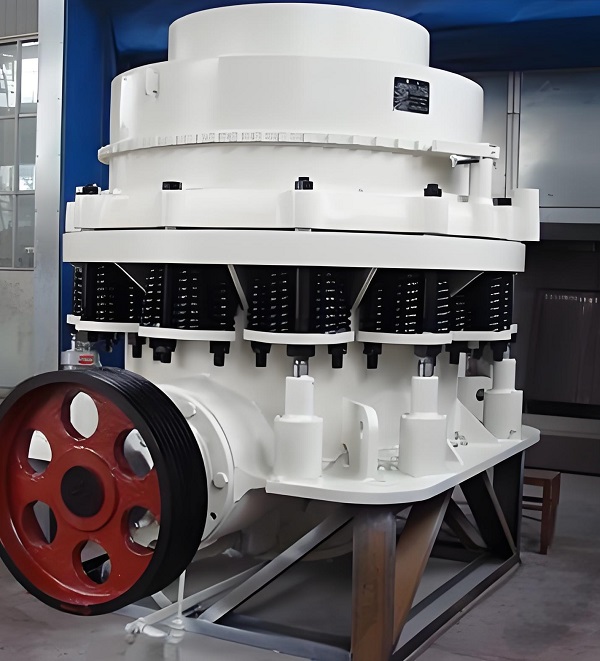
D. Other factors that affect the operation of the spring cone crusher
1. The operating parameters of the crusher have a direct impact on the movement characteristics of the bulk material within the crushing chamber, primarily manifested in the influence of the crusher's spindle swing speed on the movement state of the bulk material, which in turn significantly affects the crusher's operating performance (such as productivity and particle size distribution of the crushed products).
2. The swing stroke of the crushing chamber of the cone crusher has a significant impact on the working performance of the crusher. When the swing stroke is increased, the actual feed compression ratio of each crushing layer in the crushing chamber increases, resulting in improved crushing product quality and increased nominal discharge particle size. When the swing stroke is decreased, the actual feed compression ratio of each crushing layer in the crushing chamber decreases, leading to deteriorated crushing product quality and decreased nominal discharge particle size. Considering the improvement of crushing product quality, the swing stroke of each crushing layer in the crushing chamber should also be set to a large value, but it must be ensured that over-crushing and compaction do not occur.
3. When the crusher encounters non-crushable materials, the spring can protect the crusher from being damaged. Therefore, the pressure of the spring should be compatible with the crushing force of the crusher. When an iron block falls into the crushing chamber, causing the crusher to overload, the spring may be compressed.
3. Uneven or excessive feeding of ore, as well as excessive small and powdered ore in the ore, can cause the upper part of the crusher to bounce. To prevent overload of the crusher, which can lead to uneven wear of the lining plate, the ore must be fed into the middle of the distribution plate, and it is not allowed to directly feed the ore into the crushing chamber.
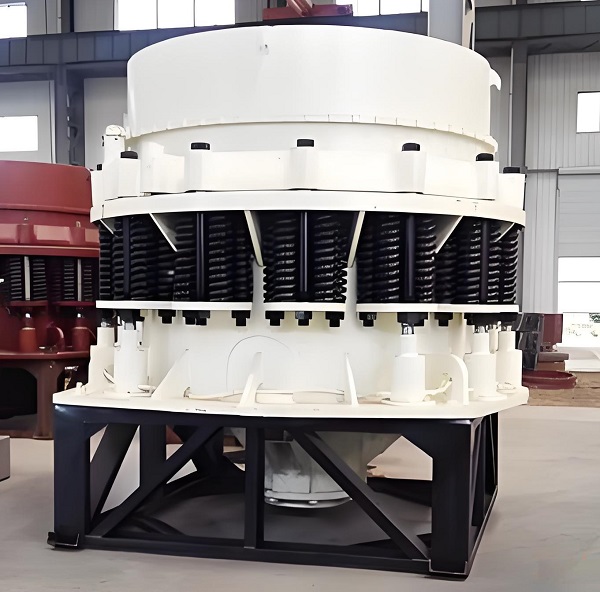
E. Reasons for shaft breakage in spring cone crushers
a. The static fit between the main shaft and the crushing cone causes stress concentration on the cross-section of the main shaft, significantly reducing the fatigue resistance of the main shaft material. The main shaft gradually develops cracks during the crushing process of the crusher. After the cracks appear, when the machine passes through iron, the bending stress at the stress concentration point of the main shaft exceeds the strength of the material and breaks;
b. Due to insufficient spring pressure, the support sleeve on the upper part of the crusher often bounces when overloaded, resulting in coarse product granularity. However, operators often resort to compressing the safety spring again to increase the crushing granularity of the crusher, which in turn increases the stress on the main shaft. Especially when passing iron, the spring is almost compressed to death, often breaking the spring compression bolt, causing the main shaft to bear greater force, ultimately leading to the fracture of the main shaft;
c. In order to obtain qualified product particle size, the crushing workshop often narrows the discharge opening, which increases the frequency of iron jamming in the crushing chamber when iron passes through, resulting in an increase in the number of times the bending stress in the dangerous section of the main shaft reaches its maximum value. Naturally, this will shorten the lifespan of the main shaft.
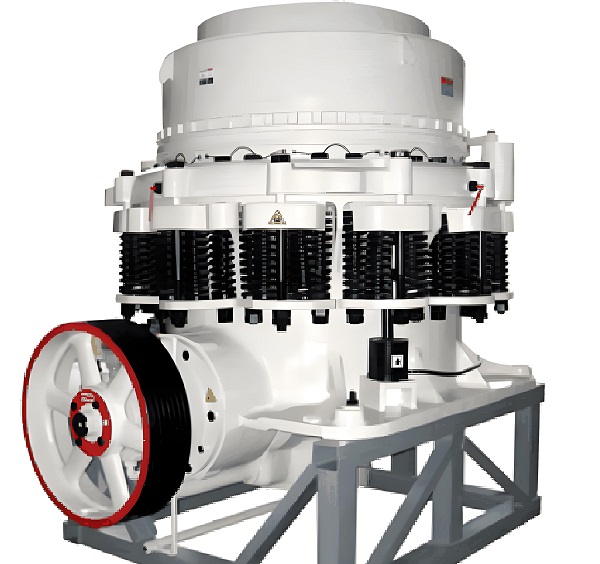
F. Precautions for using the spring cone crusher
a. Select an appropriate crushing chamber capacity and an appropriate feed particle size ratio.
b. Whether the material is evenly distributed after entering the crushing chamber.
c. Keep the discharge port unobstructed.
d. The presence of viscous substances in the material will reduce overall production efficiency.
e. The discharge capacity of the crusher should match the conveying capacity of the belt conveyor.
f. It is recommended to use the power recommended by the manufacturer during the process.
g. Check the wear condition of the equipment, replace vulnerable parts, clean up the accumulated material in the crushing chamber, etc. At the same time, attention should be paid to the lubrication and cooling of the equipment to ensure that it does not overheat or suffer excessive wear during operation.
PS: The maintenance of the spring cone crusher requires comprehensive consideration of multiple aspects, including the lubrication system, fasteners and wear parts, dust prevention and cleaning, electrical system and safety devices, as well as operational specifications and daily monitoring. Regular inspection and maintenance can ensure the normal operation of the equipment, reduce the occurrence of failures, and extend the service life of the equipment.
Save Time! Get A Detailed Quotation Quickly.
